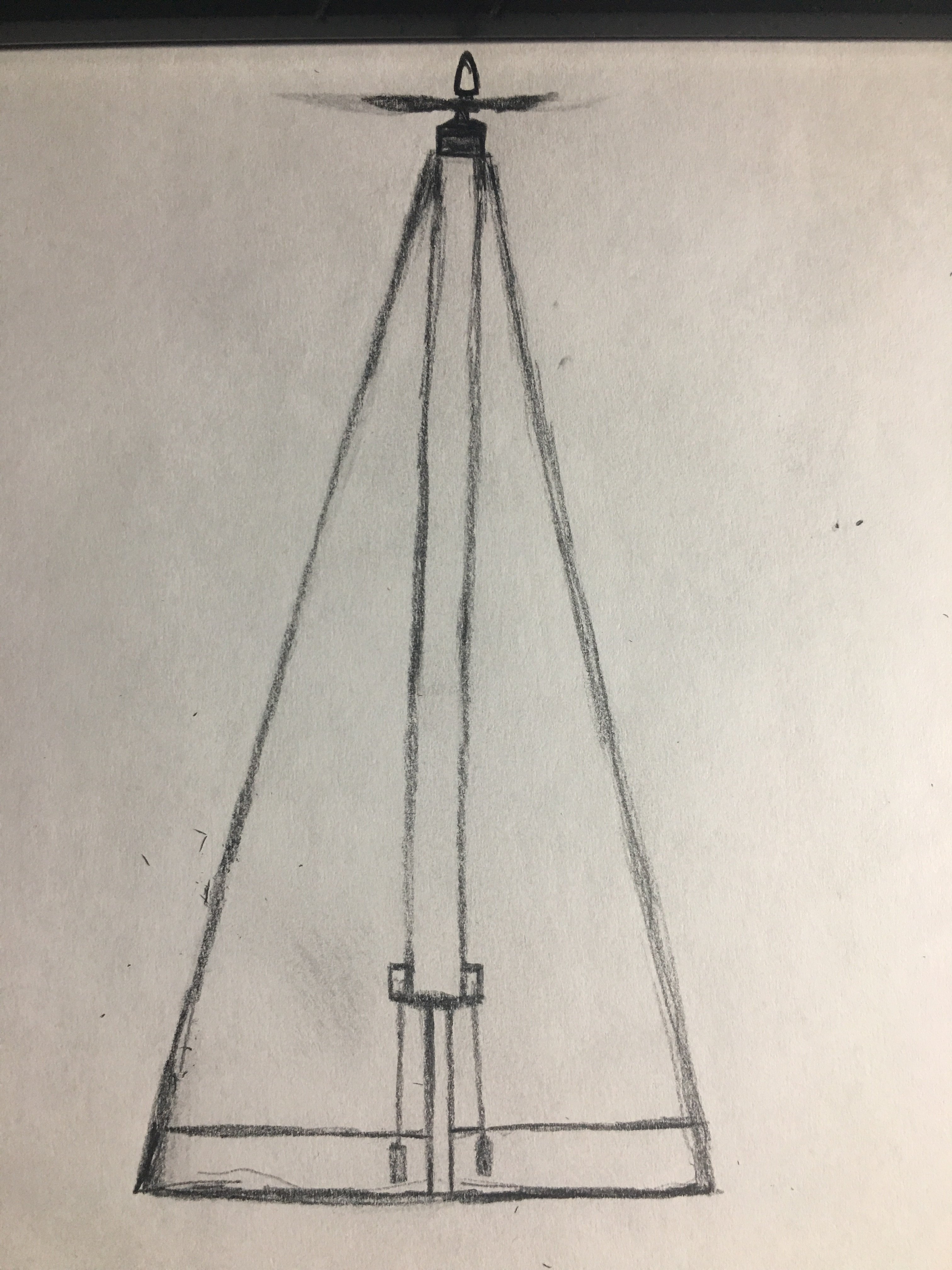some nice copypasta of the theory and backstory of slender deltas
Slender deltas[edit]
Soon after,
Johanna Weber and
Dietrich Küchemann at the RAE published a series of reports on a new wing
planform, known in the UK as the "slender delta" concept.
[19][20] The team, including Eric Maskell whose report "Flow Separation in Three Dimensions" contributed to an understanding of the physical nature of separated flow,
[21] worked with the fact that
delta wings can produce strong
vortices on their upper surfaces at high
angles of attack.
[17] The vortex will lower the air pressure and cause lift to be greatly increased. This effect had been noticed earlier, notably by
Chuck Yeager in the
Convair XF-92, but its qualities had not been fully appreciated. Weber suggested that this was no mere curiosity, and the effect could be deliberately used to improve low speed performance.
[20][17]
Küchemann's and Weber's papers changed the entire nature of supersonic design almost overnight. Although the delta had already been used on aircraft prior to this point, these designs used planforms that were not much different from a
swept wing of the same span.
[N 2] Weber noted that the lift from the vortex was increased by the length of the wing it had to operate over, which suggested that the effect would be maximised by extending the wing along the fuselage as far as possible. Such a layout would still have good supersonic performance inherent to the short span, while also offering reasonable take-off and landing speeds using vortex generation.
[20] The only downside to such a design is that the aircraft would have to take off and land very "nose high" to generate the required vortex lift, which led to questions about the low speed handling qualities of such a design.
[22] It would also need to have long
landing gear to produce the required angle of attack while still on the runway.
Küchemann presented the idea at a meeting where Morgan was also present. Test pilot
Eric Brown recalls Morgan's reaction to the presentation, saying that he immediately seized on it as the solution to the SST problem. Brown considers this moment as being the true birth of the Concorde project.
[22]





